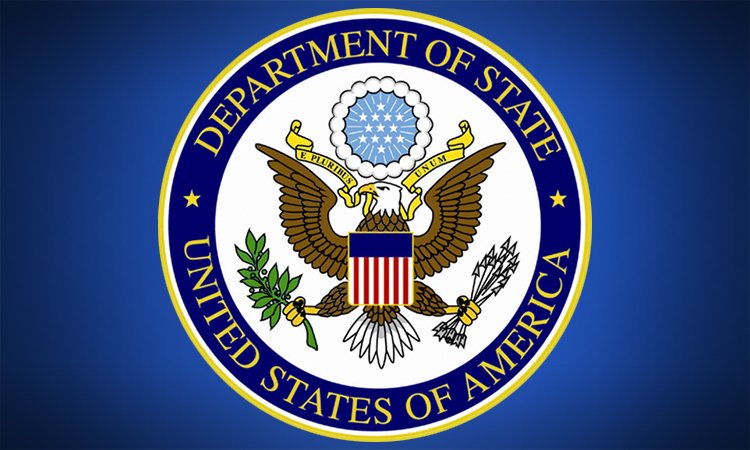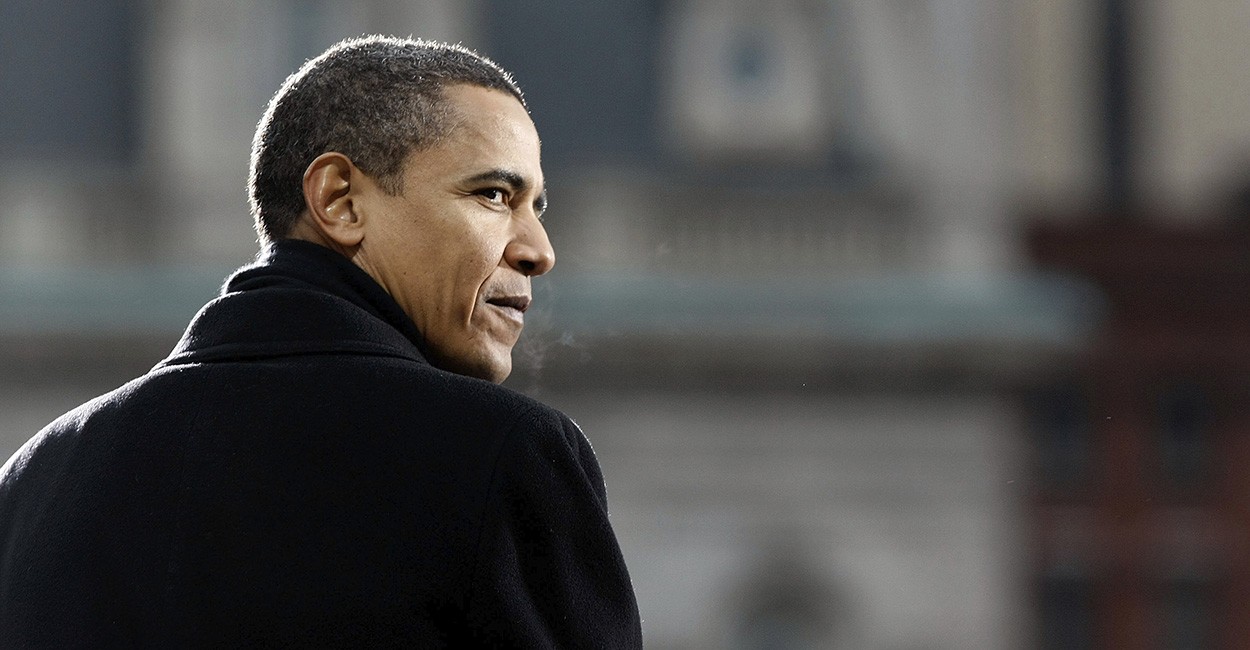By: Max Wallace
Nine days away from the presidential election, Hurricane Sandy is bearing down on the East Coast, promising flooding and destruction on a massive scale. Adaptation has become the word of the day, as both campaigns find themselves forced to adjust carefully designed schedules in an attempt to convince voters that they possess the ability to lead in the face of a crisis. The storm has forced the candidates to strike a balance between campaigning at a key moment in the race while not appearing insensitive to the plight of those endangered by the storm. Likewise, in addition to threatening both the lives and property of residents of impacted areas, the storm will force these same residents to contend with a set of circumstances that may transform a normally simple matter of going to the polls into a highly challenging endeavor. In short, the campaign just got a lot more interesting.
At this stage in the race, both campaigns have hand tailored their schedules in an attempt to mobilize as many voters as possible and establish an edge in the electorate leading into Election Day. These best laid plans, however, were not designed to withstand winds of up to 100 mph. Sandy, a storm that has forced the shutdown of the New York subway system and caused the New York Stock Exchange to close its doors for the first time since the terrorist attacks of 2001, has caused both candidates to adjust their agendas at a critical moment in their campaigns. President Obama canceled campaign events in the crucial battleground states of Virginia, Wisconsin, Colorado, and Ohio as he returned to Washington to monitor the effects of the storm and coordinate a government response. The President has been forced to change roles from candidate into chief-executive, passing many of his campaign responsibilities to Joe Biden and former President Clinton. Mitt Romney has also been forced to cancel three rallies in Virginia and one in New Hampshire. Unlike the president, Governor Romney plans to remain on the campaign trail, shifting his focus to Iowa, Ohio, and Wisconsin, three states in which polls have shown him trailing the president.
President Obama may find himself put under a unique strain due to the storm, but he also finds himself presented with an opportunity to distinguish himself through leadership in a time of crisis. Although both campaigns have shifted to more non-partisan rhetoric, taken measures such stockpiled supplies for distribution at campaign centers, and stopped the sending of fundraising e-mails to much of the Atlantic Seaboard, ultimately it is President Obama who the public will hold responsible for the government’s response to the hurricane. Research has shown that on a sub-conscious level voters may attribute blame for natural disaster to the incumbent, meaning that the president may suffer at the polls simply for being associated with the storm. However, should the president manage the government response to Hurricane Sandy in a capable manner, he may be able to inspire renewed confidence in his administration, causing undecided voters to lend him their support.
The candidates are not the only ones being forced to make adjustments to their plans for the coming week. Resident of many coastal states now find themselves distracted from the presidential campaign by the somewhat more important matters of securing their homes and ensuring the safety of themselves and their families during the storm. Up until this point, the number of voters who voted early had outpaced the number of those who did so four years ago. Now, early voting numbers look to have taken a hit in several states that find themselves in the path of the storm. This will shift a considerable amount of voting activity to Election Day itself, but with Sandy promising considerable flooding to coastal areas and the outlook on long-term damage uncertain, it is entirely possible that many voters will simply not go to the polls at any point. Historically, bad weather has been shown to provide a slight benefit to the Republican candidate, but ultimately it is difficult to say which party’s voters will be least affected by the storm. The Republican bloc includes voters that tend to be older and less mobile, making braving the storm a particularly daunting prospect; the Democratic coalition encompasses those that tend to reside in areas with less well developed infrastructure, meaning that they may face more long term effects of the hurricane leading up to the election.
Both campaigns were hoping for some sort of chance to redefine the campaign in the week leading up to the election. Unfortunately, this game-changing event is accompanied by destructive winds and torrential rain that may threaten not only the candidates’ hopes for election, but also the very voters they seek so desperately to galvanize. Although the ultimate impact of Hurricane Sandy on the presidential election may not be completely apparent for some time, it is a certainty that the storm has changed the landscape of the election.

